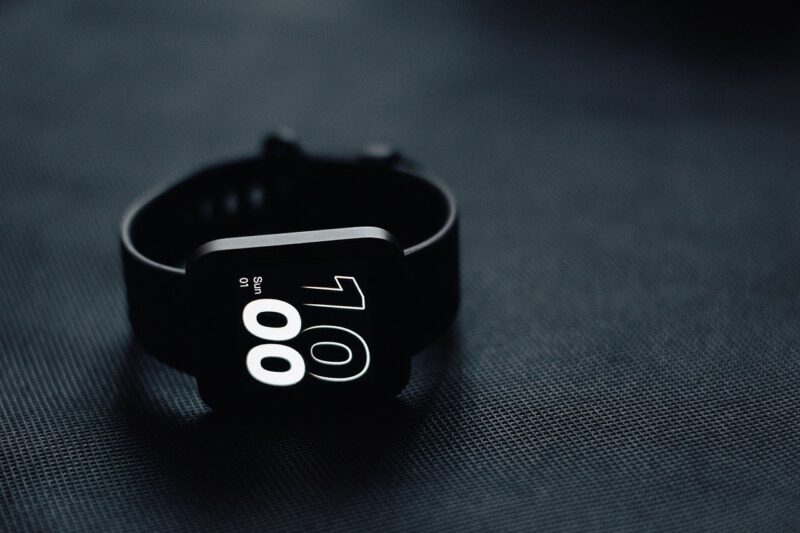How Wearable Tech Is Changing the Way We Monitor Our Health
November 10, 2024

In the modern world, technology has become an integral part of our daily lives, and wearable tech is at the forefront of this transformation. From smartwatches to fitness trackers, these devices have revolutionized the way we monitor our health, offering unprecedented insights into our physical well-being as well as encouraging healthier lifestyles. In this article, we will explore how wearable technology is not only changing the narrative around personal health monitoring but also shaping the future of healthcare itself.
1. What is Wearable Technology?
Wearable technology refers to electronic devices that can be worn on the body as accessories or embedded in clothing. Typically equipped with sensors, these devices track a variety of health metrics including heart rate, physical activity, sleep patterns, and more. The data collected can be analyzed to provide insight into health conditions and overall wellness.
Key examples of wearable tech include:
- Fitness Trackers: Devices like Fitbit and Garmin that monitor physical activity and vital statistics.
- Smartwatches: Watches that integrate fitness tracking along with smartphone functionalities (like the Apple Watch).
- Smart Clothing: Garments equipped with sensors that can gather health data, such as heart rate or muscle activity.
- Medical Wearables: Devices like glucose monitors or ECG monitors that track specific health conditions continuously.
Wearables effectively bridge the gap between technology and personal health, providing users with real-time data that was previously only available through professional medical testing.
2. The Impact of Wearable Tech on Personal Health Monitoring
Wearable technology has dramatically shifted how individuals perceive and manage their health. Here are some key ways that wearable devices have influenced health monitoring:
- Real-Time Data: Wearables provide continuous health metrics that allow users to gain immediate insights into their physical condition. This can lead to earlier detection of health issues.
- Empowerment: By easily accessing their health data, users feel more in control of their well-being. They are empowered to make informed decisions about their lifestyle choices based on real information.
- Health Awareness: Regular tracking promotes awareness of health habits, leading to healthier lifestyle choices. Users can set goals and track their progress over time.
- Motivation: Many wearable devices come with gamification elements, encouraging users to meet fitness goals and adopt healthier behaviors.
The accessibility of health data from wearable devices has created a culture where individuals are more proactive about their health and fitness.
3. Wearable Technology in the Management of Chronic Diseases
For individuals suffering from chronic health conditions, wearable technology can be a game-changer. Here’s how wearables can assist:
- Continuous Monitoring: Devices can track vital stats, such as blood sugar levels for diabetics, providing critical data that enables timely intervention if levels become unsafe.
- Alerts and Notifications: Wearables can send alerts for medication reminders or abnormal readings, which may help reduce hospitalizations and complications.
- Data Sharing with Healthcare Providers: Many wearable devices allow users to share their health data with their doctors, giving medical professionals access to real-time metrics to make informed decisions.
- Enhanced Compliance: By utilizing wearables, patients may be more likely to adhere to treatment plans or lifestyle changes, as they can easily track their progress and receive guidance.
These advancements have made wearable tech a crucial ally for patients managing chronic diseases, promoting ongoing engagement with their health.
4. The Role of Wearables in Preventative Healthcare
Preventative healthcare emphasizes the importance of preventing diseases before they occur. Wearable technology is pivotal in achieving this goal:
- Early Detection: By identifying anomalies in vital signs such as heart rate or blood pressure, wearables can alert users to potential health crises before they become serious.
- Health Risks Assessment: Comprehensive tracking of physical activity and physiological metrics can help identify risk factors for conditions such as obesity, hypertension, and cardiovascular diseases.
- Personalized Wellness Plans: Data collected can assist healthcare providers in developing customized health and fitness plans based on individual metrics and health goals.
- Increased Engagement: Empowering users through knowledge encourages active participation in their health and wellness routines.
By facilitating early detection and encouraging proactive measures, wearable technology significantly contributes to improved public health outcomes.
5. Challenges and Considerations
While wearable technology offers numerous benefits, there are some challenges and considerations:
- Data Privacy and Security: With continuous health monitoring comes the responsibility of protecting sensitive personal health data. Manufacturers need to ensure data is encrypted and securely transmitted.
- Data Overload: Users may feel overwhelmed by the amount of data provided. Striking a balance between useful insights and excessive information is critical.
- Device Accuracy: Not all wearable devices consistently provide accurate readings, so users must research and choose reliable options.
- Dependency on Technology: As with any technology, there is a risk that users may become overly reliant on devices, potentially overlooking personalized health advice from healthcare professionals.
Addressing these challenges will be essential to the future growth and adoption of wearable tech in health monitoring.
Conclusion
Wearable technology is undeniably transforming the way we monitor our health and engage with our wellness. From empowering individuals to take charge of their health to assisting in managing chronic diseases, wearables are paving the way for a future where health is proactive rather than reactive. As technology continues to advance, we can expect even greater integration of wearable tech in our lives, potentially leading to improved healthcare practices and outcomes.
With careful consideration of the challenges associated with wearable tech, we can harness its potential to significantly enhance our understanding and management of health, reflecting a much-needed shift in how we prioritize our well-being in an increasingly digital age.








